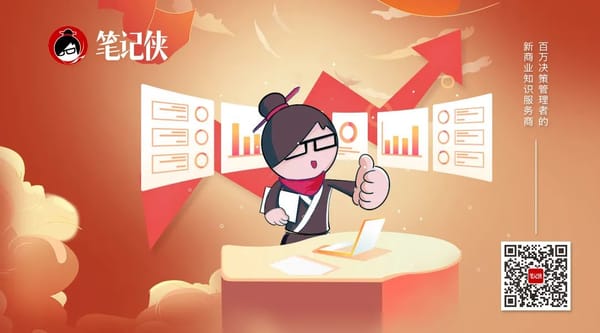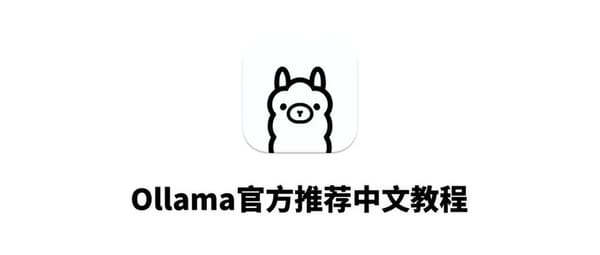Best and Worst Time to Post on Instagram for Engagement
Discover the best and worst times to post on Instagram, with global averages, niche-specific schedules, and tips to maximize engagement using timing.
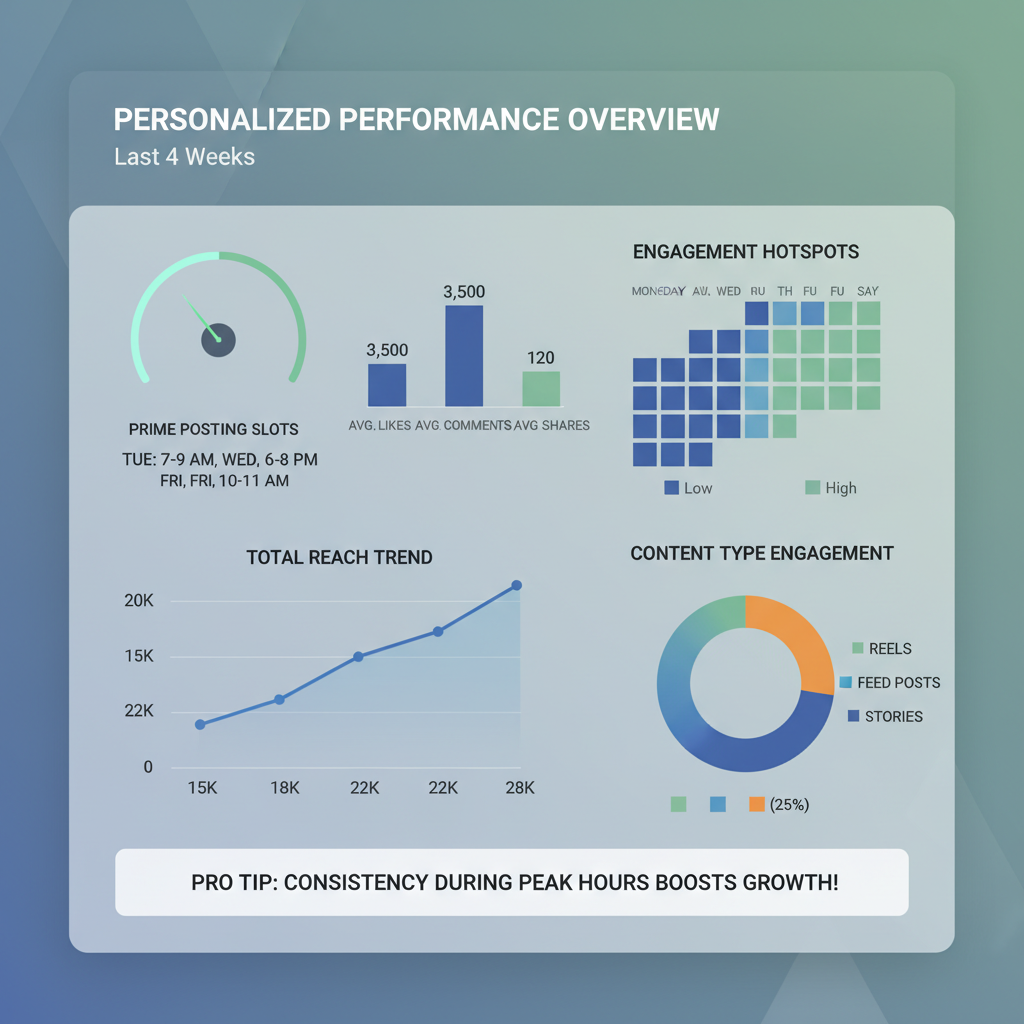
Optimizing Engagement: Best and Worst Time to Post on Instagram
Leveraging the best and worst time to post on Instagram is one of the simplest yet most effective ways to boost your reach, engagement, and follower growth. Instagram’s fast-moving feed means that just a few hours can determine whether your content peaks in visibility or disappears unnoticed. In this guide, you’ll learn how timing interacts with Instagram’s algorithm, discover average posting windows, and get actionable tips for finding the perfect schedule for your unique audience.
---
Why Timing Matters for Instagram Engagement
Social media moves quickly, and Instagram is no exception. Your audience’s browsing habits—when they log in, scroll, and interact—significantly influence engagement. Even the most stunning post can underperform if your followers are offline when it goes live.
Posting at the right time can:
- Put your content in front of more users within minutes of publishing.
- Increase your chances of appearing near the top of followers’ feeds.
- Create an engagement snowball effect through likes, comments, shares, and saves.

---
How the Instagram Algorithm Factors in Posting Times
Instagram’s algorithm prioritizes freshness, and while feeds aren’t purely chronological anymore, recency still matters.
Key ranking signals affected by timing:
- Post recency: Newer content often outranks older posts.
- User activity patterns: Followers see recent posts from accounts they regularly engage with.
- Engagement velocity: Rapid engagement shortly after posting boosts visibility.
Publishing during peak activity periods can trigger early interactions, helping your content maintain relevance for longer.
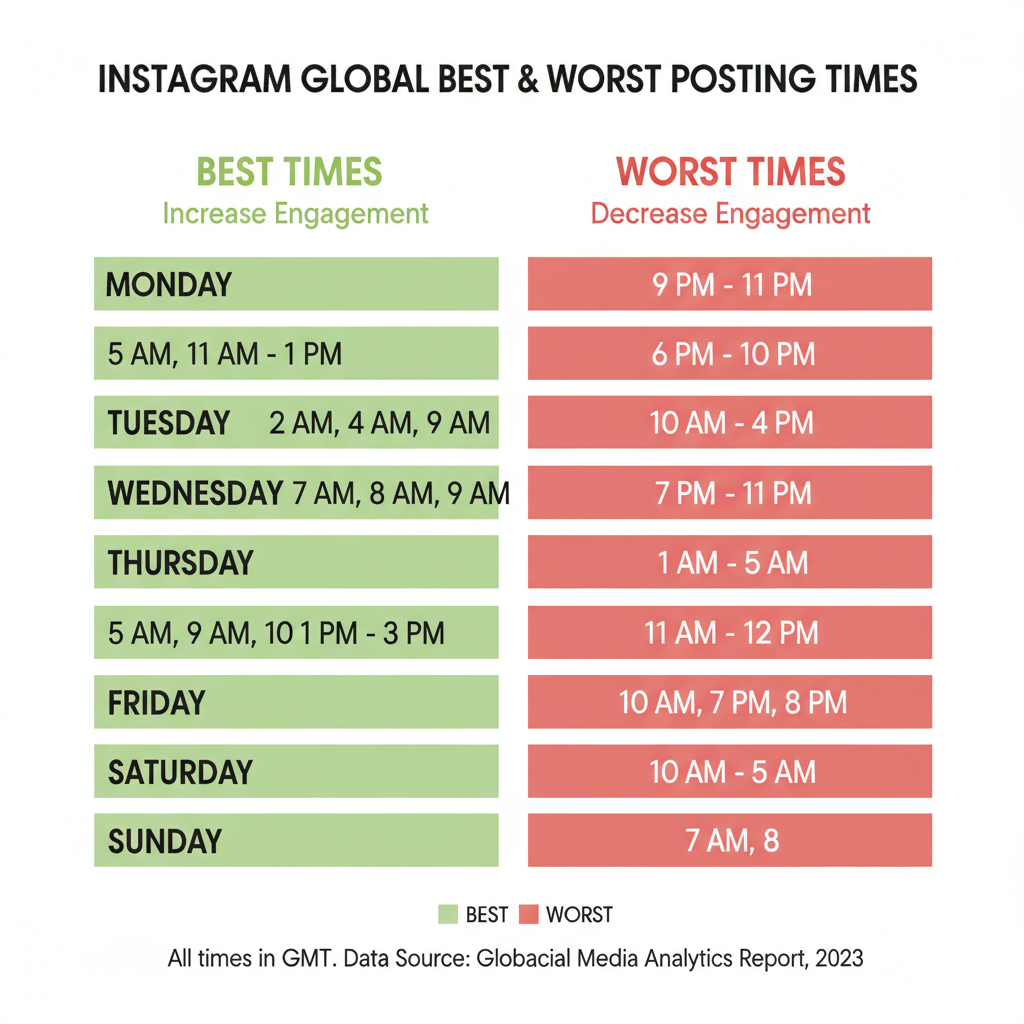
---
Best Posting Times by Day of Week (Global Averages)
Studies analyzing billions of Instagram posts reveal useful averages. Although these vary by niche and location, they’re a strong baseline.
| Day | Optimal Posting Time (Global Average, Local Time) |
|---|---|
| Monday | 11 AM – 1 PM |
| Tuesday | 10 AM – 2 PM |
| Wednesday | 11 AM – 1 PM |
| Thursday | 10 AM – 12 PM |
| Friday | 9 AM – 11 AM |
| Saturday | 9 AM – 11 AM |
| Sunday | 8 AM – 10 AM |
Note: Weekend users often check Instagram earlier in the day before activities begin.
---
Best Posting Times by Niche
Different industries attract audiences with unique behaviors. Tailoring your content schedule to your niche can yield better results.
| Niche | Best Posting Time | Audience Behavior Insight |
|---|---|---|
| Fashion | 12 PM – 1 PM weekdays | Lunch breaks inspire fashion browsing. |
| Travel | 7 PM – 9 PM weekdays | Evenings fuel trip planning and inspiration. |
| Fitness | 6 AM – 8 AM weekdays | Morning workout motivation prompts engagement. |
| Food | 11 AM – 1 PM & 6 PM – 8 PM | Meal times drive craving-induced scrolling. |
| Business | 8 AM – 10 AM weekdays | Professionals browse before work starts. |
Knowing your niche rhythm can outperform generic averages.
---
Worst Posting Times to Avoid
Avoiding low-engagement periods is as important as hitting peak hours.
Typical low-performance windows:
- Overnight (12 AM – 5 AM): Limited audience activity.
- Workday slump (2 PM – 4 PM): Post-lunch fatigue lowers browsing.
- Late weekend nights (after 10 PM): Followers occupied with offline activities.
Skipping these times helps ensure your posts aren’t buried before audiences return.
---
Using Instagram Insights for Personalized Posting Times
Global trends are helpful, but your own audience data is more precise.
How to find it in Instagram Insights:
- Go to your professional account’s Insights.
- Check the Audience section for “Most active times.”
- Examine activity by Days and Hours.
- Compare weekday vs. weekend peaks.
- Align your schedule to these patterns and monitor results.
Over time, this personalized timing will likely outperform generic recommendations.
---
Experimenting with Time Slots and Measuring Results
Finding your sweet spot takes testing.
Steps for meaningful experiments:
- Select 2–3 promising time slots from Insights.
- Post similar content formats for consistency.
- Track likes, comments, shares, and saves.
- Record data in spreadsheets or analytics tools.
- Narrow your schedule to consistently strong performers.
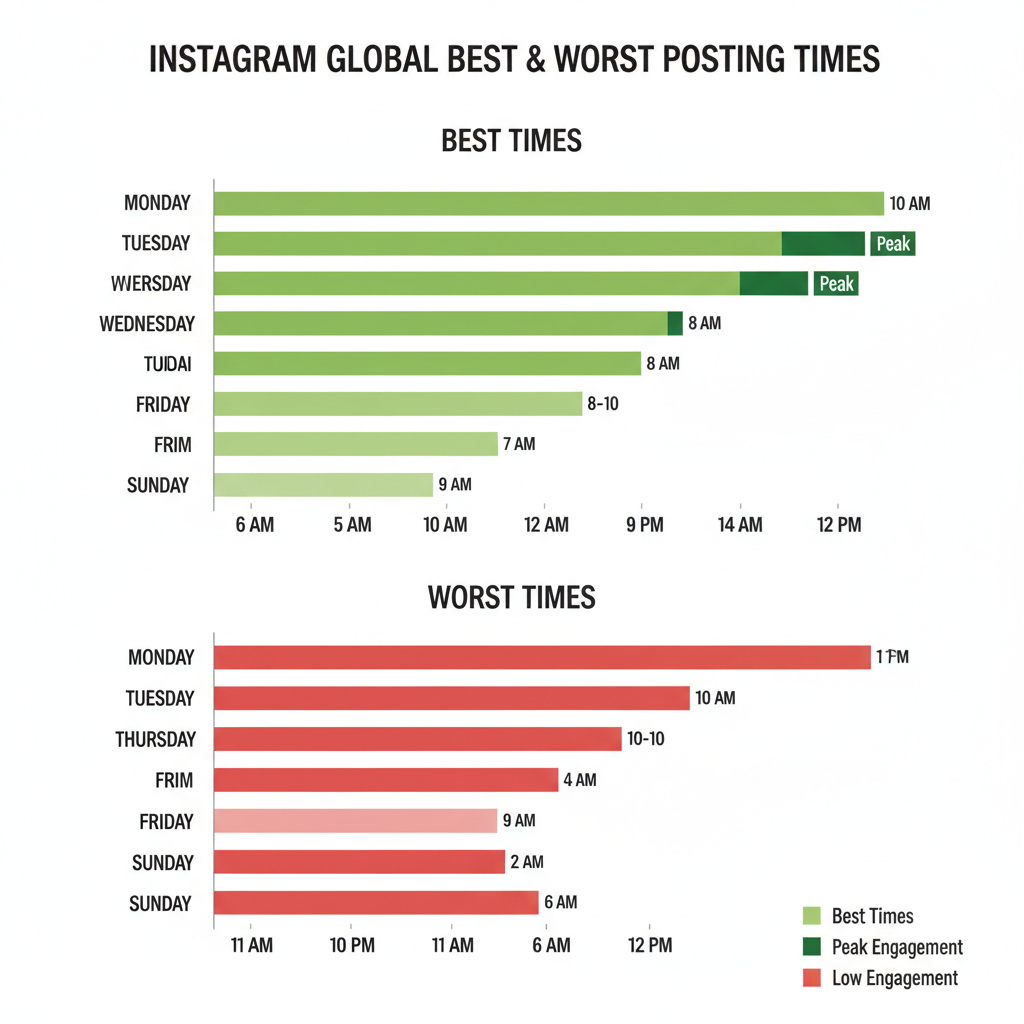
Audience habits evolve—stay adaptive.
---
Accounting for Seasonal and Holiday Variability
Seasonal and event-based factors can reshape engagement patterns:
- Holidays: Morning/evening spikes depending on activities.
- Season changes: Daylight shifts influence browsing.
- Major events: Sports finals, festivals, or breaking news can disrupt usual rhythms.
Monitor changes in Insights and adjust accordingly for maximum impact.
---
Stories, Reels, and Feed Posts: Timing Differences
Timing strategies should adapt to content type:
- Feed posts: Most dependent on hitting audience peak times.
- Stories: Persist for 24 hours; posting outside peak can still be effective.
- Reels: Can gain momentum over several days; evening posting often boosts initial traction.
Recommendation: Follow strict timing for Feed, spread out Story posts, and post Reels in the evening for early engagement.
---
Scheduling Tools to Streamline Posting and Tracking
Using scheduling tools keeps timing consistent without manual effort.
Popular options:
- Later: Visual content calendar with analytics.
- Hootsuite: Multi-platform scheduling and deep reporting.
- Buffer: User-friendly with solid performance tracking.
- Meta Business Suite: Free and integrated with Facebook.
Benefits include a stable posting pace, advanced planning, and centralized analytics.
---
Summary and Next Steps
Determining the best and worst time to post on Instagram blends global research, niche understanding, and personalized analytics. By testing strategically, responding to seasonal changes, and using scheduling tools, you can unlock higher engagement and more consistent follower growth.
Start by checking your Instagram Insights today, choose a few high-potential time slots, and schedule posts for the coming week. Monitor results closely—small optimizations in timing can deliver big wins for your long-term social media success.

